Botrytis And Cannabis – How To Prevent And Treat Bud Rot
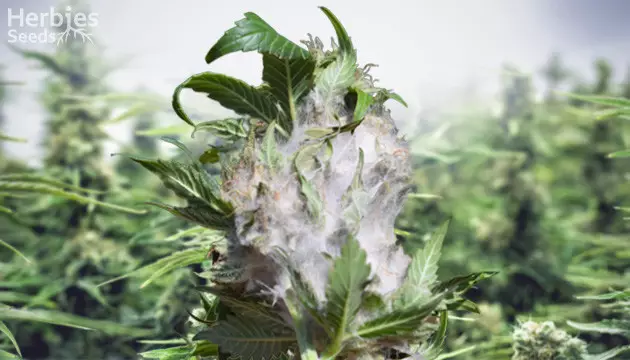
Coming across gray mold or gray rot on your thriving crop is never a good sign. This is a symptom of ‘bud rot’, the common term for what’s technically known as botrytis mold. Like any issue that’s commonly found in cannabis crops, it’s better to know how to identify an issue before the problem takes over your growing plot. That’s why we’re going in-depth into the topic of cannabis botrytis by discussing what exactly botrytis is and how to get rid of mold on weed, as well as diving into cannabis mold prevention tips to avoid it altogether.
What Is Botrytis?
Gray mold is a specific type of fungal disease called botrytis cinerea that’s often found on flowering cannabis plants. Out of all of the molds and conditions that can affect cannabis, it’s one of the most detrimental. It got its’ nickname ‘bud rot’ from its habit of literally rotting plants from the inside out. While it does thrive in specific conditions, the disease has the ability to affect any part of the plant at any stage of its life. It will even easily spread to other plants in the area, if outdoors.
Cannabis botrytis originates from dusty gray spores that can travel through the air and via water. The disease will begin to affect your plant upon direct contact. Spores can enter the plant through any cuts or tears on its stems, so it’s wise to avoid causing damage or breaks when training or trimming your plants. It can also develop in dead plant matter, so proper disposal and cleaning are key for not attracting the spores yourself. Later on in this article, we’ll explain in detail how to prevent botrytis.
Regardless of their origin, once the spores have affected your plants, you’ll be able to identify a few tell-tale signs. Next, we’ll cover how to identify botrytis on weed so you can work at eradicating it as quickly as possible.
What Does Cannabis Botrytis Look Like?
Botrytis mold doesn’t discriminate about the locations of infection. In fact, it has the ability to affect the entire plant – roots, stems, leaves, buds and all. Any of these areas could therefore show possible signs of the fungal disease.
First, you’ll notice an obvious discoloration in texture and color. Spotting botrytis on weed is kind of like watching the life drain from it. You’ll see greens turn into brown and gray color tones, and become drier or ‘dead-like’. Stems often become soft, and leaves will begin to turn yellow and brown, wilting as the disease overtakes the plant. On buds, a white dust-like coating can appear, which over time turns to a gray and brownish tone. Botrytis thrives in areas with little ventilation, so checking the inside of large nugs is advised, as this is often where signs of bud rot can be found.
Fortunately, if you identify botrytis mold on your cannabis plant, there are ways to treat the growing problem before it becomes worse. Let’s learn more about how to get rid of mold on weed once you’ve identified it.
How To Treat Cannabis Botrytis
Upon identifying gray mold or gray rot, time is of the essence. You’ll want to take action quickly to eradicate the disease, since the spores can travel and spread easily. Here are the steps you need to take to treat cannabis botrytis effectively.
Remove And Destroy Affected Parts
If the botrytis infection is only visible on parts of the plant, you can remove the leaves, buds or stems that are affected. Even entire branches can be removed if necessary. Of course, put the affected material in a plastic bag, seal it tight and dispose of it as far away from your grow area as possible. Dispose of your gloves as well, and the scissors used should be completely sanitized immediately.
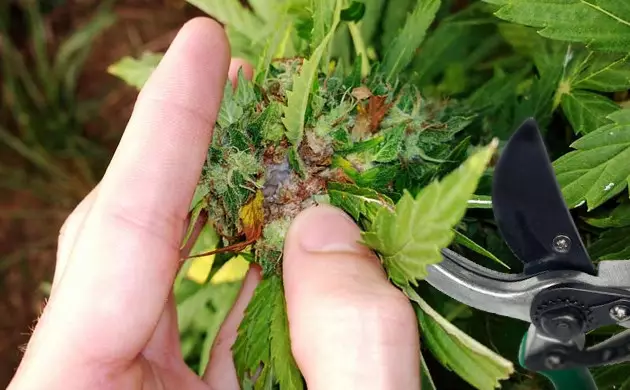
Clean And Sterilize
Let’s reiterate cleaning and sanitation. As we mentioned, gray mold and botrytis are highly transportable. It can spread easily and thrives in areas high in moisture, which is hard for a plant that requires water and certain levels of humidity to grow. When growing indoors, after all the affected areas are destroyed, sanitize the area and your tools completely. Outdoors is a little tougher, but using an antifungal spray like neem oil in the area and on the plants is a good start.
Ventilate
Because gray mold can travel through the air, ventilating indoor grow spaces is a must. Once the room has been completely aired out, it’s recommended to drop your humidity levels to 50%. This helps maintain a lower moisture level in the air that won’t re-attract the fungus.
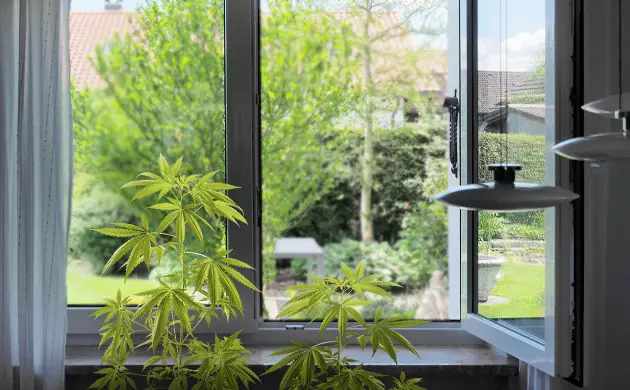
Keep in mind that some growers are forced to destroy entire plants infected with cannabis botrytis or to harvest them prematurely. This makes cannabis mold prevention even more important in light of the common gray rot. With that said, we’ll now get to prevention tips for avoiding botrytis on weed in the first place.
How To Prevent Cannabis Botrytis
Like the treatment of cannabis botrytis, preventing it is all about ideal environments and clean, well-kept spaces. Here are the top ways to prevent common cannabis molds such as the destructive botrytis fungus.
Clean Environments
Standing water and excess moisture are the perfect conditions for molds to grow and spread. So, maintaining proper drainage techniques is an absolute must. In addition, sanitizing and cleaning tools and surfaces on a routine basis is ideal. Keeping areas as clean as possible will help cannabis mold prevention overall. This even includes growers, who can change their clothes prior to entering the room to eliminate outdoor spores traveling in with them.
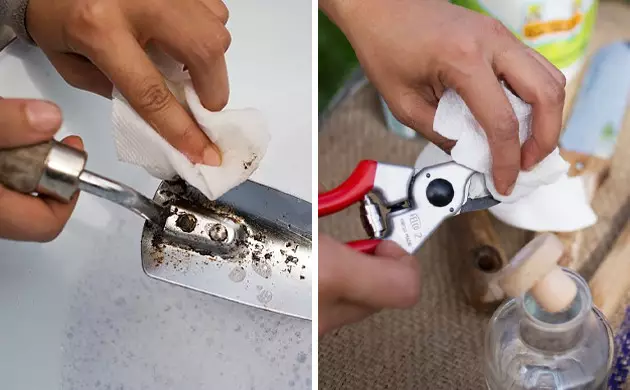
Maintain Ideal Humidity Levels
When humidity levels reach above 50%, consider yourself in the danger zone for botrytis mold. The extra moisture in the air can be a breeding ground for traveling spores. As for temperature, around 70° F (21°C) is ideal. Any drop in temperature, especially in excess moisture, can cause botrytis mold to grow. When growing outdoors, it’s recommended to use a tarp lifted above your plants with a raised center point to avoid pooling in heavy periods of rain. Watering in the morning and letting the moisture dry out under the lights/sun all day can also help prevent botrytis weed.
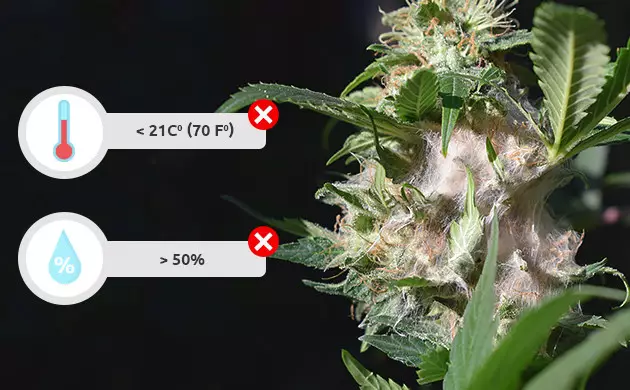
Ensure Proper Air Circulation
Proper and constant air circulation is likewise necessary for cannabis mold prevention. This promotes ventilation between the plants and deters fungus from growing. De-leafing and removing excess material also helps air circulation for plants.
Botrytis On Weed – Another Mold To Avoid
Cannabis botrytis is a mold that’s necessary to avoid. It’s not only highly destructive to crops but harmful to smoke, too. Botrytis on weed can destroy entire harvests if not identified quickly enough. Now you know what to look for and how to stop the spread if you find any of the telltale signs. By implementing the prevention tips you’ve learned today, you’ll hopefully never have to deal with the detrimental gray mold or bud rot.
Herbies Head Shop expressly refuses to support the use, production, or supply of illegal substances. For more details read our Legal Disclaimer.
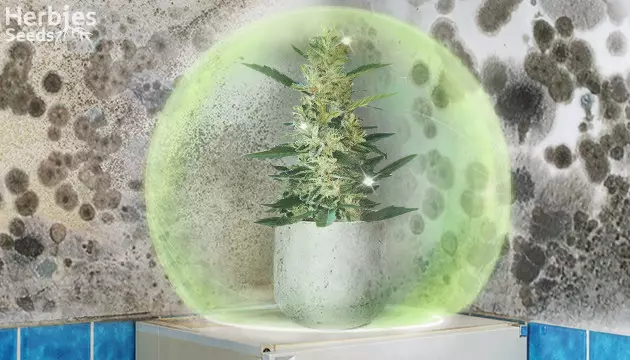

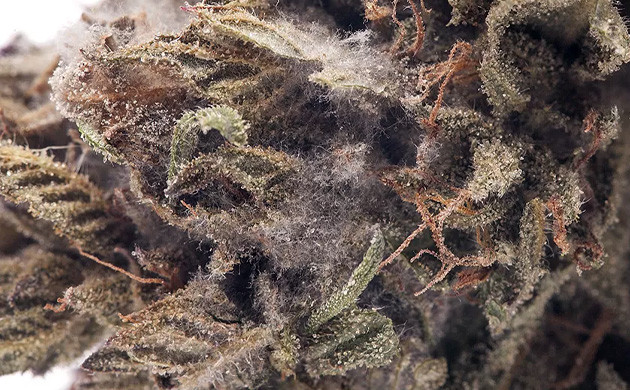
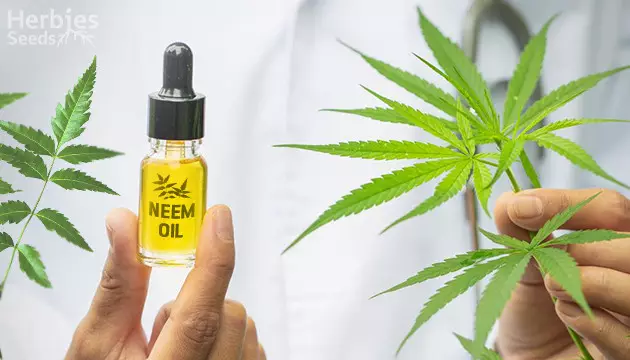
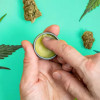


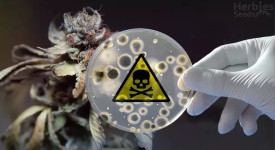
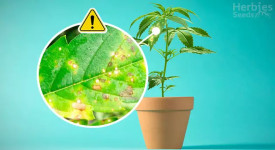
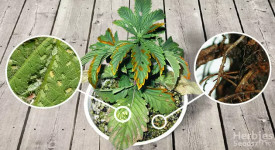
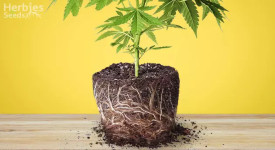

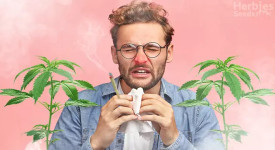
Thank you for leaving a comment for us!
Your feedback will be posted shortly after our moderator checks it.
Please note that we don’t publish reviews that: